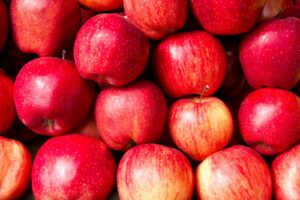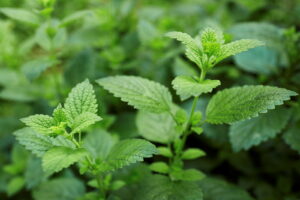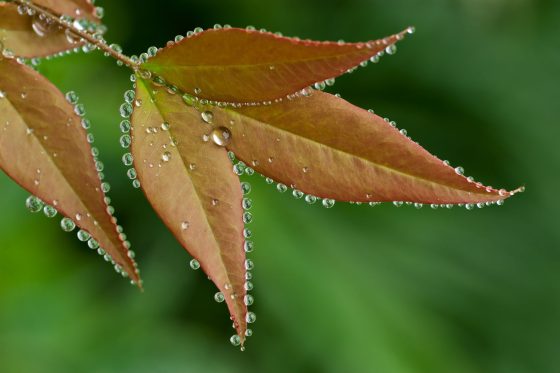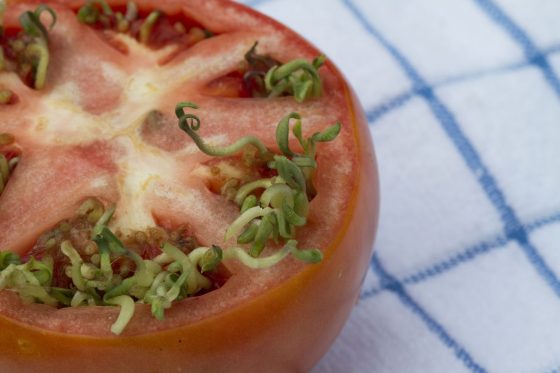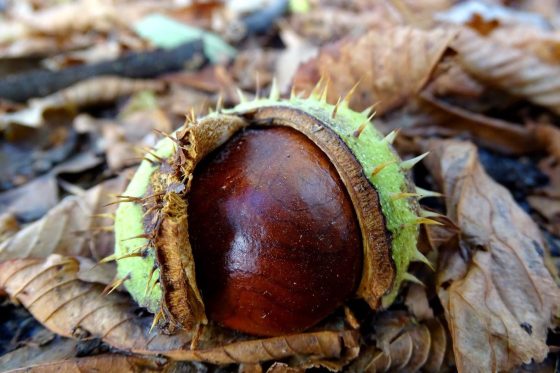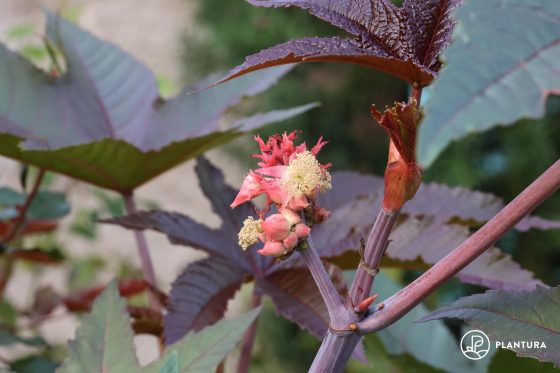Clementine vs mandarin: 6 differences
Have you ever wondered what the difference is between clementine and mandarin oranges? At first glance, they look almost identical, but these citrus fruits do differ from one another. Read on to find out about six differences between mandarin oranges and clementines.
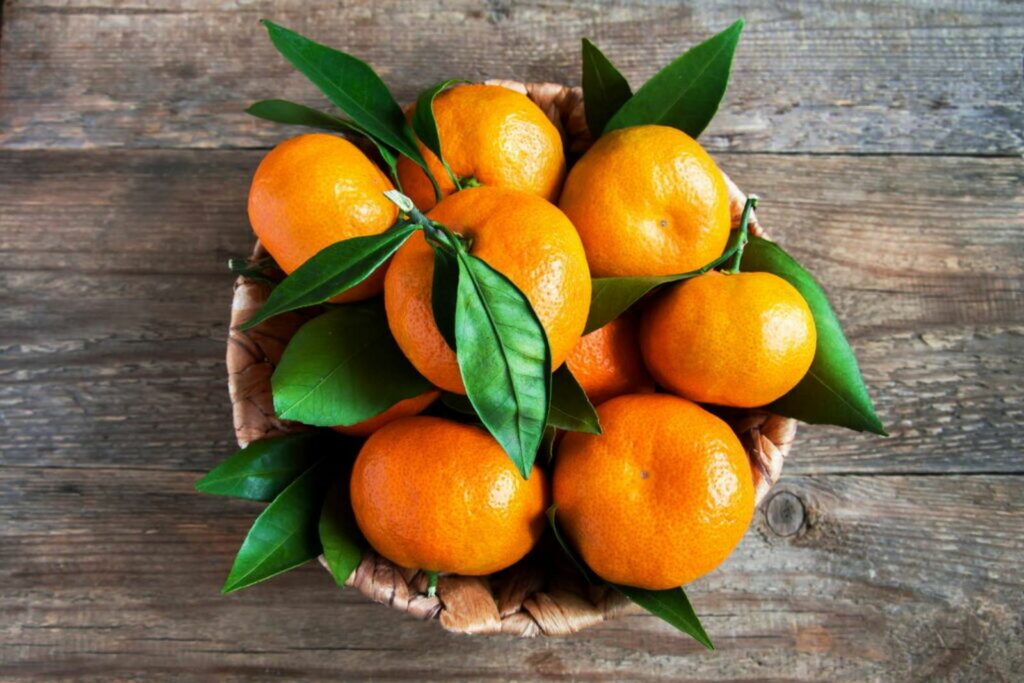
What is the difference between mandarins (Citrus reticulata) and clementines (Citrus clementina)? Time and time again, this question arises. So, is a clementine the same as a mandarin? Both fruits have a lot in common and are hard to distinguish from each other in terms of size, colour and leaves. However, they are not merely two different varieties of the same plant, but in fact two entirely different species. The differences are hidden beneath the surface, so to say, and only become apparent after we’ve peeled the fruit.
Contents
Difference 1: origins
The mandarin is one of the world’s oldest cultivated plants. Although it has only been known in Europe for about two centuries, it has been cultivated in China for thousands of years. Its name suggests that it was primarily a fruit of the rich, as high-ranking state officials were known as mandarins in China between the 13th and 19th centuries.
The origin of the clementine, however, is less certain. It was likely first cultivated in ancient China. However, it was first discovered to be a separate species in 1902 by the Algerian monk Frère Clément, to whom the clementine owes its name. In fact, the clementine is a cross between the mandarin (Citrus reticulata) and the bitter orange (Citrus x aurantium). This makes it more robust than the mandarin and also somewhat more cold-tolerant.
Note: The satsuma (Citrus × unshiu) looks very similar. This is a cross between a mandarin and an orange, which, unlike the clementine and mandarin, originates from Japan.
Difference 2: pips
Another difference between these citrus fruits is the pips. Unlike clementines, mandarins have seeds in their flesh, which can be a nuisance when eating. For this reason, you may prefer the seedless clementine.
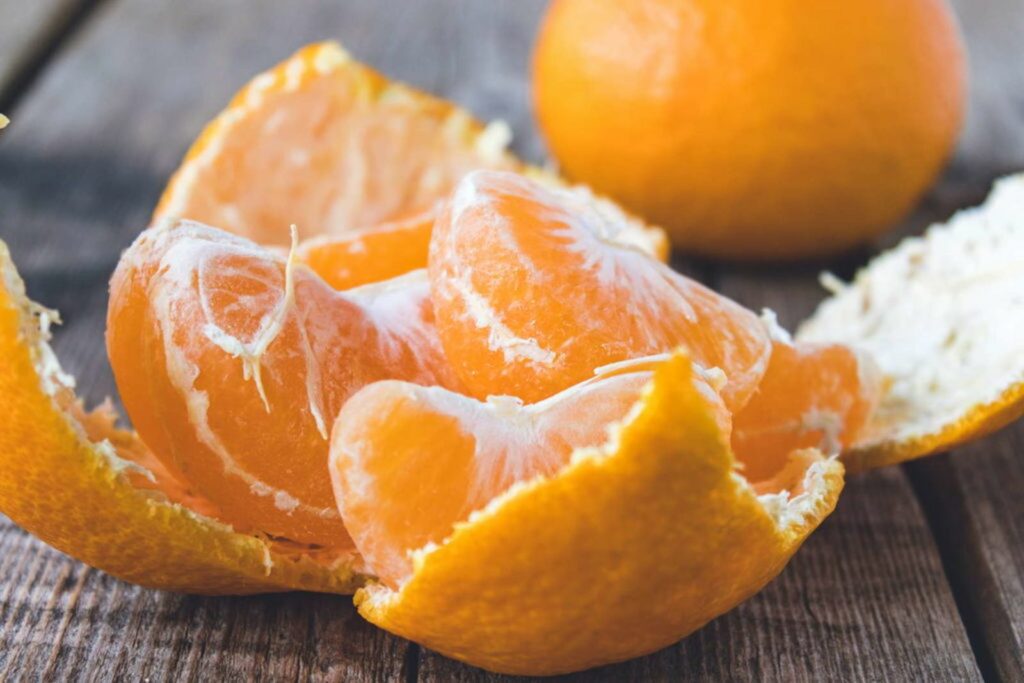
Difference 3: segments
Mandarins and clementines also differ in structure. While the flesh of the former is divided into exactly nine segments, the number of segments in clementines can vary from eight to twelve.
Difference 4: peel
The skin of the mandarin is very thin, which makes it easier to peel but also makes the mandarin prone to pressure marks and drying out more quickly. Clementines, on the other hand, have a relatively thick peel and are thus well protected. This means they can be stored for up to two months without drying out, whereas mandarins only stay fresh for up to two weeks.
Difference 5: taste
There is also a difference between clementine and mandarin oranges in terms of taste. Mandarins are more aromatic but can sometimes be a bit tart. Clementines are extremely sweet, but also less aromatic than mandarins.
Difference 6: nutritional content
Mandarins have more potassium and are slightly higher in calories. Clementines, on the other hand, contain more vitamin C.
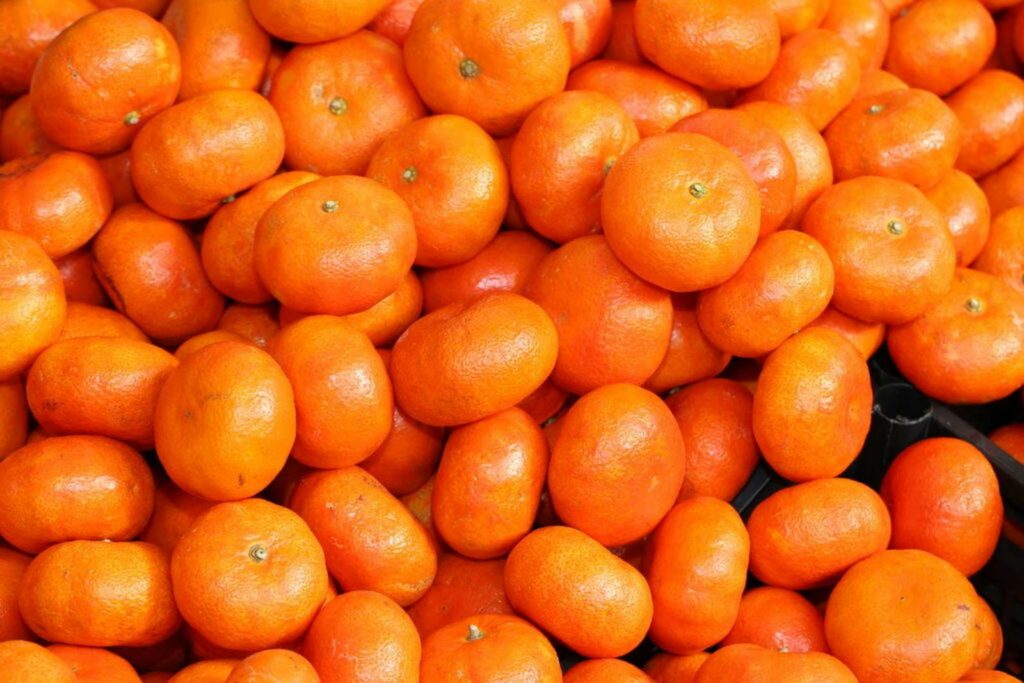
Clementine vs mandarin: overview of the 6 differences
In the following table we have summarised the six differences between mandarin oranges and clementines for you.
| Difference | Mandarin | Clementine |
|---|---|---|
| Origin | Cultivated in China for thousands of years | Discovered in 1902, a cross between two species |
| Pips | Often lots of pips | Little to no pips |
| Segments | 9 segments | 8-12 segments |
| Peel | Thin | Thick, better protection |
| Taste | Very aromatic, sometimes tart | Extremely sweet, less aromatic |
| Nutritional content | More potassium, slightly higher in calories | Greater vitamin C content |
What do mandarins and clementines have in common?
Now that we have covered the main differences between clementines and mandarins, we can look at what they have in common. The most obvious similarity is that both clementines and mandarins are orange and medium-sized, but they also both have that fresh citrus scent that instantly takes you back to the Christmases of your childhood.
So, what will it be: seedless clementines or aromatic mandarin oranges? Longer shelf life and seedless flesh speak more in favour of the clementine, while the mandarin is easier to peel and more aromatic. Your taste buds will ultimately decide who wins the battle of clementines vs. mandarin oranges. Either way, both are good for you and with their high content of vitamins C and A, as well as nutrients like magnesium, calcium and potassium, you are doing your body a favour by eating either of these citrus fruits.

